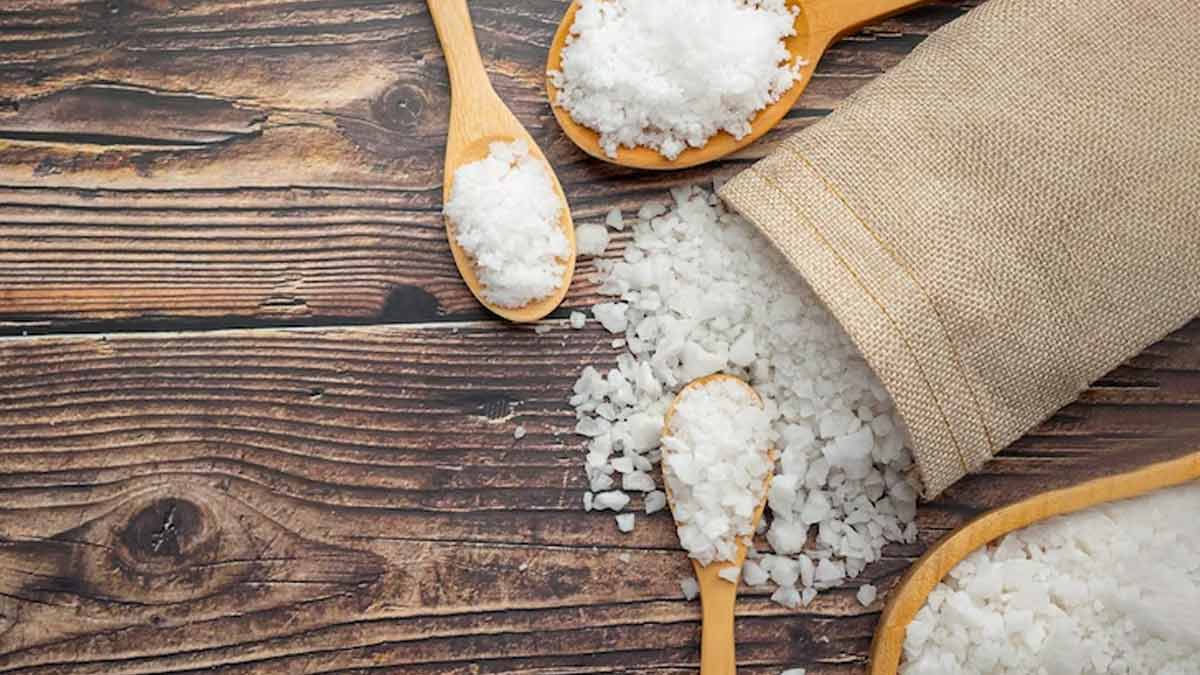
Just a small sprinkle of salt can elevate the flavours of our everyday meals, making it an indispensable condiment in cooking. However, even the slightest deviation in the quantity of salt can significantly alter both the taste and its potential impact on our health. According to a recent research conducted by ICMR, Indians tend to consume an excess of three grams of salt daily. The World Health Organization (WHO) recommends a daily salt intake of no more than five grams. Interestingly, the latest study reveals that men tend to exceed this recommendation, with an average intake of 7.1 grams of salt per day.
Table of Content:-
In accordance with WHO guidelines, a daily intake of five grams of salt is deemed adequate for the human body to function optimally. Reducing daily salt intake to this level also reduces the risk of hypertension by 25 percent.
Natural Sodium-Level Maintaining Alternatives to Consider
Therefore, salt, being a fundamental flavour enhancer, is often overused in our diets, contributing to health issues. Therefore, there are several flavorful alternatives that can help you reduce your salt intake while still enjoying delicious meals.

1. Herbs and Spices
Incorporating herbs and spices into your cooking can add depth and flavour to your dishes without the need for excessive salt. Try basil, oregano, thyme, rosemary, or a dash of paprika for that extra kick.
2. Citrus Zest
Grated citrus zest from lemons, limes, or oranges provides a burst of tangy flavour that can replace salt in many recipes. It's a great addition to marinades, dressings, and even desserts.
Also Read: Looking for Natural Stress Relief? Discover These Ways to Boost Happy Hormones!
3. Vinegar
Various types of vinegar, such as balsamic, apple cider, or rice vinegar, can be used to add acidity and flavour to your meals. They work well in salads, sauces, and marinades.

4. Low-Sodium Soy Sauce
When you need that salty umami flavour in your stir-fries or sauces, opt for low-sodium soy sauce or tamari. These alternatives contain significantly less sodium compared to regular soy sauce.
Also Read: Looking for Natural Stress Relief? Discover These Ways to Boost Happy Hormones!
5. Nutritional Yeast
Nutritional yeast has a cheesy, savoury flavour that's perfect for sprinkling on popcorn, pasta, or roasted vegetables. It's not only low in sodium but also packed with essential nutrients.
6. Fresh Garlic and Onions
These aromatic ingredients can enhance the taste of your food without resorting to excessive salt. Sauté them to release their flavours and use them as a base for sauces and soups.
Reducing your salt intake doesn't mean sacrificing flavour. By exploring these salt alternatives, you can enjoy tasty and health-conscious meals that contribute to your overall well-being. Remember to consult with a healthcare professional or nutritionist for personalised dietary advice, especially if you have specific health concerns.
How we keep this article up to date:
We work with experts and keep a close eye on the latest in health and wellness. Whenever there is a new research or helpful information, we update our articles with accurate and useful advice.
Current Version